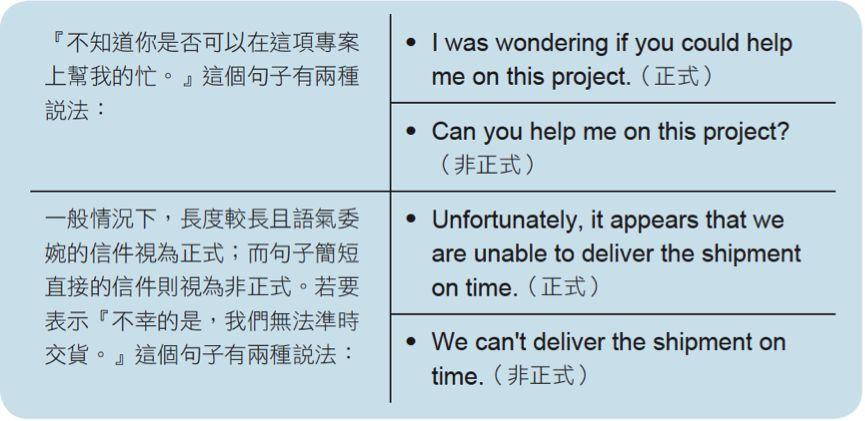What is a Formal Tone?
A formal tone is a style of communication that is characterized by its precision, objectivity, and respectfulness. It is often used in professional, academic, and formal settings where clarity and decorum are paramount. Understanding the nuances of a formal tone can greatly enhance your communication skills and ensure that your message is received as intended.
Characteristics of a Formal Tone
Here are some key characteristics that define a formal tone:

- Precision: Use clear, concise language to convey your message. Avoid slang, colloquialisms, and jargon that may confuse the reader.
- Objectivity: Maintain an unbiased perspective and focus on facts rather than personal opinions or emotions.
- Respectfulness: Show respect for the reader by using polite language and addressing them appropriately.
- Formal Structure: Follow a structured format, such as using paragraphs, headings, and subheadings to organize your content.
- Professional Language: Use formal language, including proper grammar, punctuation, and capitalization.
Let’s take a closer look at each of these characteristics:
Precision
Precision is crucial in a formal tone because it ensures that the reader understands your message without ambiguity. To achieve precision, follow these guidelines:
- Be Clear: Use straightforward language and avoid complex sentence structures.
- Be Concise: Get to the point quickly and avoid unnecessary wordiness.
- Be Specific: Use precise terms and avoid vague expressions.
For example, instead of saying “I believe that the project is going well,” use a more precise statement like “The project is progressing as planned.” This approach makes your message clearer and more professional.
Objectivity
Objectivity is essential in a formal tone because it helps establish credibility and trust with the reader. To maintain objectivity, consider the following tips:

- Focus on Facts: Base your statements on evidence and data rather than personal opinions.
- Use Neutral Language: Avoid using emotionally charged words or phrases.
- Be Fair: Present information from all sides and avoid bias.
For instance, instead of saying “I think the new policy is unfair,” use a more objective statement like “The new policy has been criticized for its potential impact on employees.” This approach demonstrates your commitment to presenting a balanced perspective.
Respectfulness
Respectfulness is a critical component of a formal tone because it fosters a positive and professional relationship with the reader. To be respectful, consider the following guidelines:
- Use Polite Language: Address the reader using titles and appropriate honorifics.
- Be Mindful of Cultural Differences: Be aware of cultural norms and avoid language that may be offensive or inappropriate.
- Be Considerate: Acknowledge the reader’s perspective and show empathy.
For example, instead of saying “You’re wrong,” use a more respectful approach like “I understand your point, but I have a different perspective.” This approach demonstrates your willingness to engage in a constructive dialogue.
Formal Structure
A formal tone is often accompanied by a structured format that helps the reader navigate your content. Here are some tips for creating a well-organized document:
- Use Headings and Subheadings: Break your content into sections with clear headings and subheadings.
- Follow a Logical Flow: Organize your content in a logical order that makes sense to the reader.
- Use Lists and Bullet Points: Present information in a clear and concise manner using lists and bullet points.
For example, consider the following structure for a formal report:
| Section | Description |
|---|---|
| Executive Summary | A brief overview of the report’s key findings and recommendations. |










